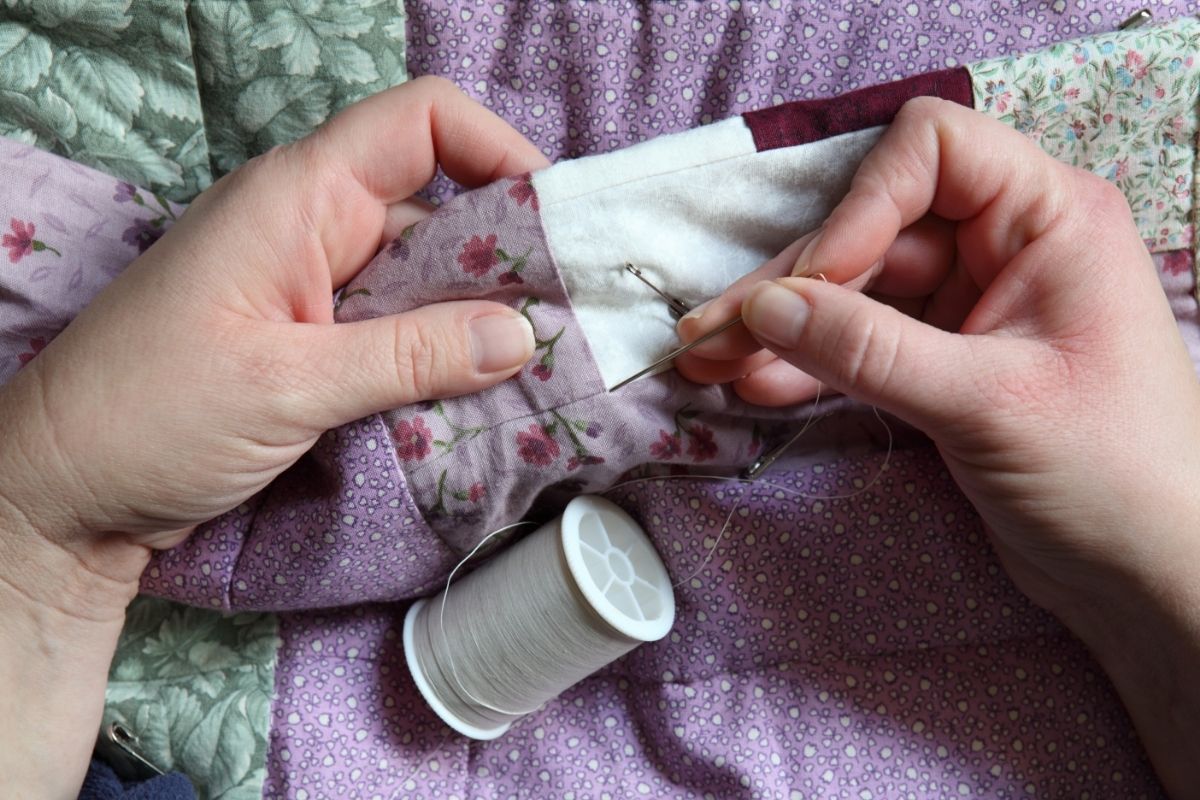

Articles
How To Tell If A Quilt Is Handmade
Modified: December 7, 2023
Discover how to differentiate between handmade and machine-made quilts with this informative article on quilt authenticity.
(Many of the links in this article redirect to a specific reviewed product. Your purchase of these products through affiliate links helps to generate commission for Storables.com, at no extra cost. Learn more)
Introduction
Quilts have long been treasured for their beauty, craftsmanship, and historical significance. They are a testament to the artistry and skill of the individuals who create them. While machine-made quilts are readily available in today’s market, there is a special charm and value associated with handmade quilts. The intricate stitching, unique design patterns, and rich history make them highly sought after by collectors and enthusiasts alike.
In this article, we will explore how to determine if a quilt is handmade. Whether you are a collector looking to add to your collection, an enthusiast interested in the stories behind these beautiful creations, or someone simply curious about the art of quilting, this guide will help you differentiate between machine-made and handmade quilts.
Before we delve into the characteristics and qualities of handmade quilts, let’s take a brief look at the history of quilting and how it has evolved over the years.
Key Takeaways:
- Handmade quilts are distinguished by precise stitching, unique design patterns, and personalization. Understanding these characteristics enhances appreciation for the artistry and craftsmanship behind each quilt.
- Identifying a quilt as handmade connects us to tradition, honors cultural heritage, and supports artisans. Recognizing the handmade nature of quilts enriches our experience and deepens our connection to these remarkable creations.
Read more: How To Wash A Handmade Quilt
The History of Handmade Quilts
Quilting is an age-old craft that dates back centuries. Its origins can be traced back to ancient Egypt and China, where evidence of early quilted textiles has been found. However, it was during the Middle Ages that quilting became more prevalent in Europe, particularly in countries like England and France.
Quilts were initially created for practical purposes, serving as warm coverings for beds or as protective layers for fragile objects during transportation. They were often made using scraps of fabric, which were stitched together to form a larger piece. As time went on, quilting evolved from a necessity into an art form.
In the United States, quilting has a rich history that is deeply embedded in the fabric of American culture. Quilts played a significant role in the lives of early settlers, who relied on them for warmth and comfort. Quilting bees, where women would gather to stitch quilts together, became a social event where stories were shared and friendships were formed.
During the 19th century, quilting saw a rise in popularity. Women began to experiment with different patterns, incorporating intricate designs and motifs into their quilts. The Underground Railroad quilt code, a system of secret symbols used by abolitionists to guide escaping slaves to freedom, further exemplified the importance of quilts during this time.
In more recent years, quilting has experienced a resurgence in interest and appreciation. Modern quilters are pushing the boundaries of traditional techniques, creating bold and innovative designs. Handmade quilts now serve as a way to express individual creativity while honoring the rich heritage of this timeless craft.
Understanding the history of quilting is essential when determining whether a quilt is handmade. It provides context and insight into the craftsmanship and traditions associated with these beautiful creations.
Characteristics of Handmade Quilts
Handmade quilts possess several distinctive characteristics that set them apart from machine-made quilts. These attributes are a testament to the time, effort, and skill invested by the quilter. By familiarizing yourself with these qualities, you can easily determine if a quilt is truly handmade.
1. Stitching: One of the key characteristics of handmade quilts is the stitching. Handmade quilts are typically stitched with precision and care. The stitches are often small, even, and consistent throughout the quilt. The quilter’s handiwork is evident in the stitching, creating a charming and unique texture.
2. Fabric Selection: Handmade quilts often feature a wide variety of fabrics. Quilters carefully select fabrics that complement each other, creating visually appealing combinations. These fabrics may range from vibrant prints to delicate florals, adding depth and character to the quilt.
3. Quilting Patterns: Handmade quilts often showcase intricate quilting patterns. The quilting stitches not only hold the layers of the quilt together but also add decorative elements to the overall design. These patterns can be simple or elaborate, depending on the quilter’s skill and creativity.
4. Imperfections: Unlike machine-made quilts, handmade quilts may have slight imperfections. These imperfections add to the quilt’s charm and serve as a reminder of the human touch behind its creation. They are part of the quilt’s unique character and should be embraced rather than seen as flaws.
5. Personalization: Handmade quilts often reflect the quilter’s personal style and creativity. They may incorporate unique design elements, such as applique work or embroidered motifs, that give the quilt a personal touch. This personalization adds depth and meaning to the quilt, making it a truly one-of-a-kind piece.
By carefully examining these characteristics, you can distinguish whether a quilt is handmade or machine-made. Remember, handmade quilts exude a certain level of artistry and craftsmanship that can only be achieved through the meticulous work of a skilled quilter.
Assessing the Quality of a Quilt
When determining the quality of a quilt, there are several factors to consider. These factors will help you assess the craftsmanship, durability, and overall value of the quilt. Whether you are purchasing a quilt or evaluating one you already have, examining these elements will give you insights into its quality.
1. Fabric Quality: Start by examining the fabric used in the quilt. High-quality quilts are usually made with durable and tightly woven fabrics that can withstand years of use. Look for fabrics that are soft, yet sturdy, with a thread count that ensures durability.
2. Stitching: Take a close look at the stitching of the quilt. The stitches should be even, consistent, and secure. Loose or uneven stitches may indicate poor craftsmanship. Additionally, check the stitching on the quilt’s binding, as this is an area prone to wear and tear.
3. Quilt Thickness: The thickness of a quilt can indicate its quality. A well-made quilt will have consistent thickness throughout, indicating that the layers have been quilted together properly. If there are noticeable inconsistencies in thickness, it could be a sign of poor construction.
4. Quilting Density: Pay attention to the density of the quilting stitches. A high-quality quilt will have dense and evenly-spaced quilting stitches. This not only enhances the overall appearance of the quilt but also ensures that the layers are securely held together.
5. Binding: Examine the binding of the quilt, which is the fabric strip that covers the raw edges. It should be neatly and securely attached, with no loose threads or fraying. The binding should also be durable enough to withstand regular use and washing.
6. Finishing Touches: Consider any additional embellishments or finishing touches on the quilt. Handmade quilts often feature intricate embroidery, applique work, or quilted designs that add to their beauty. These details require skill and attention to detail, further enhancing the overall quality of the quilt.
By assessing these aspects of a quilt, you can determine its overall quality and value. A well-made quilt will not only bring joy and comfort but can also be passed down for generations as a cherished heirloom.
Examining the Stitching
When determining if a quilt is handmade, one of the key factors to consider is the stitching. The stitching can provide valuable insights into the quilt’s craftsmanship and whether it was created by hand or machine. By closely examining the stitches, you can determine if the quilt is truly handmade.
1. Type of Stitch: Handmade quilts often exhibit different types of stitching compared to machine-made quilts. Hand quilting, for example, involves stitching each stitch individually, resulting in a more pronounced, irregular appearance. This type of stitching lends a unique character and handmade feel to the quilt.
2. Stitch Length and Consistency: Look closely at the length and consistency of the stitches. Handmade quilts will generally have smaller and more even stitches compared to machine-made quilts. The stitches should be consistent throughout the quilt, with no obvious variations or irregularities in length.
3. Backing Stitches: Examining the stitching on the quilt’s backing can also provide important clues. In a handmade quilt, you may notice tiny stitches on the back, known as “quilting knots” or “tie off knots.” These knots secure the layers together and are typically absent in machine-made quilts.
4. Quilting Pattern: Handmade quilts often feature intricate and complex quilting patterns. These patterns can range from simple designs to elaborate motifs that require careful attention to detail. The quilting lines should be straight and evenly spaced, showcasing the quilter’s skill and precision.
5. Quilting Direction: Pay attention to the direction of the quilting stitches. In handmade quilts, the quilter often sews in the same direction, following the design of the quilt. This consistency in quilting direction is a sign of thoughtful handwork, as it requires careful planning and execution.
6. Basting Stitches: Another important aspect to examine is the basting stitches, which are temporary stitches used to hold the layers of the quilt together during the quilting process. Handmade quilts will typically have basting stitches that are more visible and irregular compared to machine-made quilts, where basting may be done with a long-arm quilting machine.
By closely examining the stitching in a quilt, you can gain valuable insights into its handmade nature. The precision, consistency, and unique characteristics of the stitches will reveal the skilled craftsmanship behind its creation. The stitching tells a story of the time, effort, and love poured into the quilt, making it a one-of-a-kind piece of art.
Look for irregular stitching, variations in fabric pattern, and slight imperfections to determine if a quilt is handmade. Machine-made quilts tend to have more uniformity.
Read more: How Much Is A Handmade Quilt Worth
Identifying Unique Design Patterns
One of the fascinating aspects of handmade quilts is the variety of unique design patterns that quilters use to create their pieces. These design patterns not only add beauty and visual interest but also serve as distinctive markers of a quilt’s handmade nature. When examining a quilt, paying attention to the design patterns can provide valuable insights into its origin and craftsmanship.
1. Traditional Patterns: Handmade quilts often feature traditional design patterns that have been passed down through generations. These patterns have names like “Log Cabin,” “Nine Patch,” or “Flying Geese,” and are well-known within the quilting community. Identifying these patterns can indicate that the quilt was made using traditional techniques and showcases the quilter’s skill in honoring quilting heritage.
2. Unconventional Designs: Handmade quilts are also known for their creativity and innovation. Quilters may deviate from traditional patterns and create their own unique designs, incorporating elements of improvisation or personal expression. These unconventional designs can make a handmade quilt stand out and serve as a reflection of the quilter’s artistic vision.
3. Applique Work: Another aspect to consider when identifying design patterns is the presence of applique work. Applique involves stitching fabric shapes onto the quilt’s surface to create elaborate designs or pictorial scenes. Handmade quilts often showcase intricate applique work, adding depth, texture, and storytelling to the quilt’s overall design.
4. Color and Fabric Selection: The color and fabric selection used in a quilt can also contribute to its unique design pattern. Handmade quilts may feature carefully chosen fabric combinations, ranging from bold and vibrant colors to subtle and delicate pastels. The quilter’s choice of fabrics adds personality and style to the quilt, making it visually captivating and distinct.
5. Quilting Motifs: While examining a quilt, take note of the quilting motifs used to enhance its design. Handmade quilts often feature quilting stitches that follow the design pattern, adding texture and dimension to the quilt’s surface. These quilting motifs can illustrate the quilter’s attention to detail and creative interpretation of the design.
Identifying unique design patterns in a quilt provides valuable insights into the quilter’s creativity, skill, and personal touch. Each quilt tells a story through its patterns, whether they are rooted in tradition or born out of the quilter’s imagination. Appreciating the design patterns enhances our understanding and appreciation of the artistry behind handmade quilts.
Determining the Age of a Quilt
For quilt enthusiasts and collectors, determining the age of a quilt is a thrilling endeavor that unlocks its historical significance and value. While pinpointing an exact date can be challenging, there are several key factors to consider when trying to determine the age of a quilt.
1. Fabric and Material: Examining the fabric used in a quilt can provide valuable clues about its age. Antique quilts are often made from natural fibers such as cotton, silk, or wool. The quality and type of fabric, as well as the presence of certain patterns or prints, can help identify the era in which the quilt was made.
2. Color Palette: Pay attention to the colors used in the quilt. Different time periods had distinct color preferences and trends. For example, quilts from the 19th century often feature darker, earthy tones, while quilts from the mid-20th century may showcase brighter and more vibrant colors. The color palette can give valuable hints about the quilt’s age.
3. Design Patterns: Consider the design patterns used in the quilt. Certain patterns were more prevalent during specific eras, and studying the history of quilt patterns can help narrow down the time period. Look for patterns that were popular during a particular era or patterns that have fallen out of favor in more recent years.
4. Construction Techniques: Quilting techniques have evolved over time, and the construction techniques used in a quilt can provide insight into its age. For example, early quilts were often hand-pieced and hand-quilted, while machine stitching became more common in the 20th century. Identifying the construction techniques can give you a general idea of when the quilt was made.
5. Wear and Tear: Carefully examine the condition of the quilt to identify signs of wear and tear. Antique quilts may display signs of age, such as fading, fraying, or discoloration. These signs can provide hints about the quilt’s age and the conditions it has been subjected to over time.
6. Documentation and Family History: If you are fortunate enough to have documentation or family history associated with the quilt, it can greatly aid in determining its age. Family stories, photographs, or diary entries can provide valuable clues about the quilt’s origin and age.
While determining the age of a quilt may not always result in an exact date, considering factors such as fabric, color palette, design patterns, construction techniques, wear and tear, and documentation can help narrow down the time period. By delving into the quilt’s history, we gain a deeper appreciation for its journey and the generations of hands that have contributed to its creation and preservation.
The Importance of Knowing if a Quilt is Handmade
Knowing whether a quilt is handmade holds significance for both collectors and enthusiasts. It provides valuable insights into the artistry, craftsmanship, and historical context of the quilt. Understanding its handmade nature contributes to its overall value and appreciation. Here are some reasons why knowing if a quilt is handmade is important:
1. Artistic and Historical Value: Handmade quilts are not just functional objects; they are pieces of art with rich historical significance. Each quilt tells a story, reflecting the creativity, skill, and cultural traditions of the time and place in which it was created. Recognizing that a quilt is handmade allows us to appreciate the artistry behind its design and the dedication of the quilter who brought it to life.
2. Connection to Tradition: Handmade quilts are deeply rooted in tradition and cultural heritage. By identifying a quilt as handmade, we honor the quilting traditions and techniques that have been passed down through generations. It connects us to a broader community of quilters who celebrate and preserve the art form.
3. Authenticity and Originality: Handmade quilts are unique and individual creations. Each quilt is the result of the quilter’s personal vision, skill, and creativity. Knowing that a quilt is handmade assures us of its authenticity and originality, distinguishing it from mass-produced, machine-made quilts.
4. Investment and Collectibility: Handmade quilts have the potential to appreciate in value, making them attractive investments for collectors. The rarity, quality, and historical significance of handmade quilts can contribute to their collectibility. Knowledge of a quilt’s handmade nature allows collectors to make informed decisions regarding its value and potential for future appreciation.
5. Preservation and Legacy: Recognizing a quilt as handmade gives it a sense of importance and encourages its preservation for future generations. Handmade quilts are part of our cultural heritage and carry stories and memories within their stitches. By acknowledging their handmade nature, we foster an appreciation for the craftsmanship, ensuring that these treasures are cherished and passed down as precious heirlooms.
6. Supporting Artisans and Craftsmanship: Knowing if a quilt is handmade allows us to support and celebrate the artisans and craftspeople who dedicate their time and skill to creating these beautiful pieces. By valuing handmade quilts, we contribute to the continuation of the quilting tradition, recognizing the importance of craftsmanship in our modern, mass-produced world.
Understanding whether a quilt is handmade enhances our appreciation for its beauty, cultural significance, and the dedication of the quilter. It connects us to a rich history and allows us to carry forward the legacy of this timeless art form. Whether as collectors, enthusiasts, or admirers, knowing if a quilt is handmade enriches our experience and deepens our connection to these remarkable creations.
Conclusion
Handmade quilts hold a special place in the hearts of collectors, enthusiasts, and admirers. The artistry, craftsmanship, and historical significance of these beautiful creations make them truly remarkable. In this article, we explored how to determine if a quilt is handmade, considering various factors such as stitching, design patterns, fabric selection, and more.
By examining the stitching, we can appreciate the precision and care that goes into hand-stitched quilts. The unique design patterns found in handmade quilts showcase the creativity and skill of the quilter. The fabric selection and construction techniques used further reveal the quilt’s authenticity and craftsmanship. Understanding the age of a quilt provides valuable insights into its historical context, while acknowledging its handmade nature connects us to the rich traditions of quilting.
Knowing whether a quilt is handmade is important for several reasons. It allows us to recognize and appreciate the artistry and historical value of these quilts. It establishes a connection to tradition and celebrates the authenticity and originality of each handmade piece. It also contributes to the preservation and legacy of quilting traditions, ensuring that these cultural treasures are cherished and passed down for generations to come. Moreover, identifying a quilt as handmade supports artisans and craftspeople, upholding the importance of craftsmanship in our modern world.
In conclusion, handmade quilts are not only functional items but works of art that symbolize creativity, history, and personal expression. Whether as collectors, enthusiasts, or admirers, understanding and recognizing the handmade nature of quilts enriches our appreciation and deepens our connection to these extraordinary creations. So, the next time you come across a quilt, take a moment to examine the stitches, seek out the unique design patterns, and embrace the story it tells through its handmade journey.
Frequently Asked Questions about How To Tell If A Quilt Is Handmade
Was this page helpful?
At Storables.com, we guarantee accurate and reliable information. Our content, validated by Expert Board Contributors, is crafted following stringent Editorial Policies. We're committed to providing you with well-researched, expert-backed insights for all your informational needs.
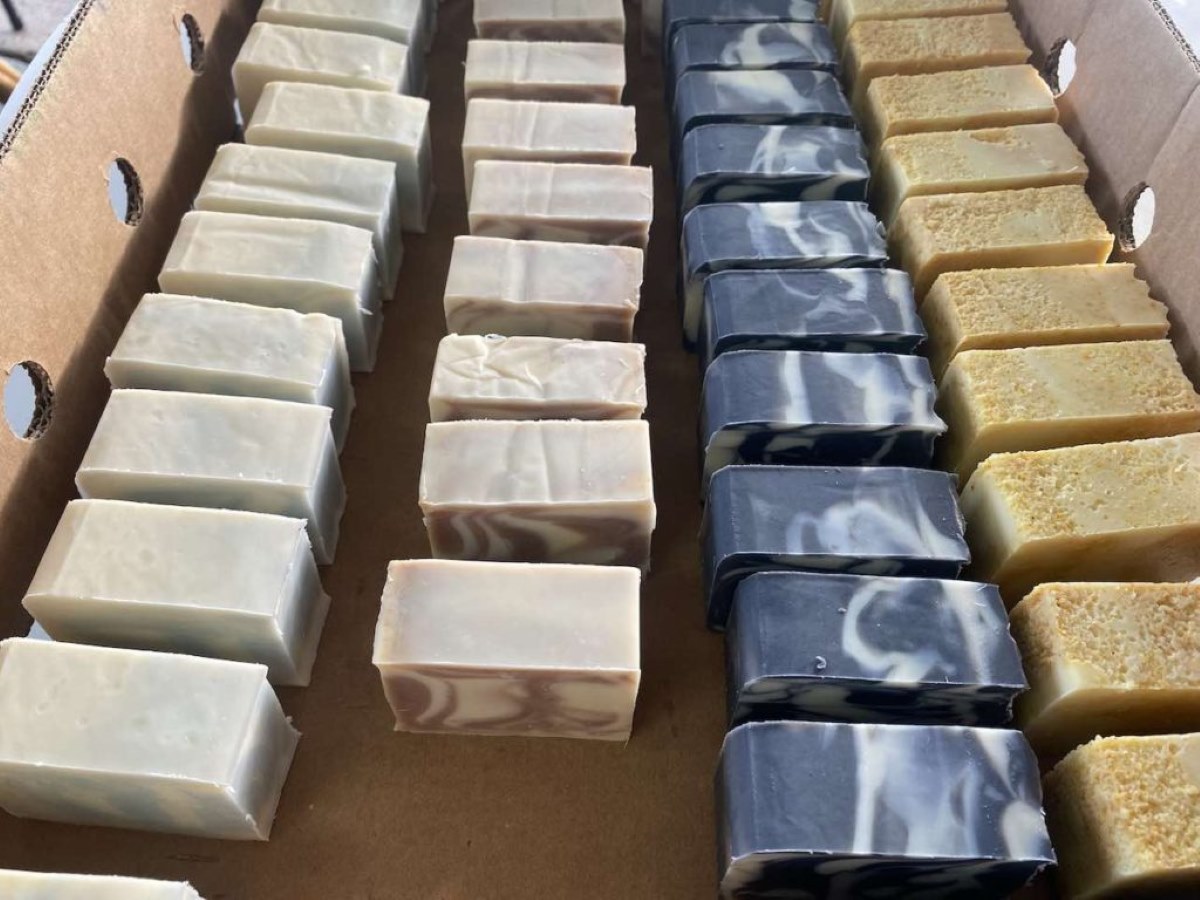


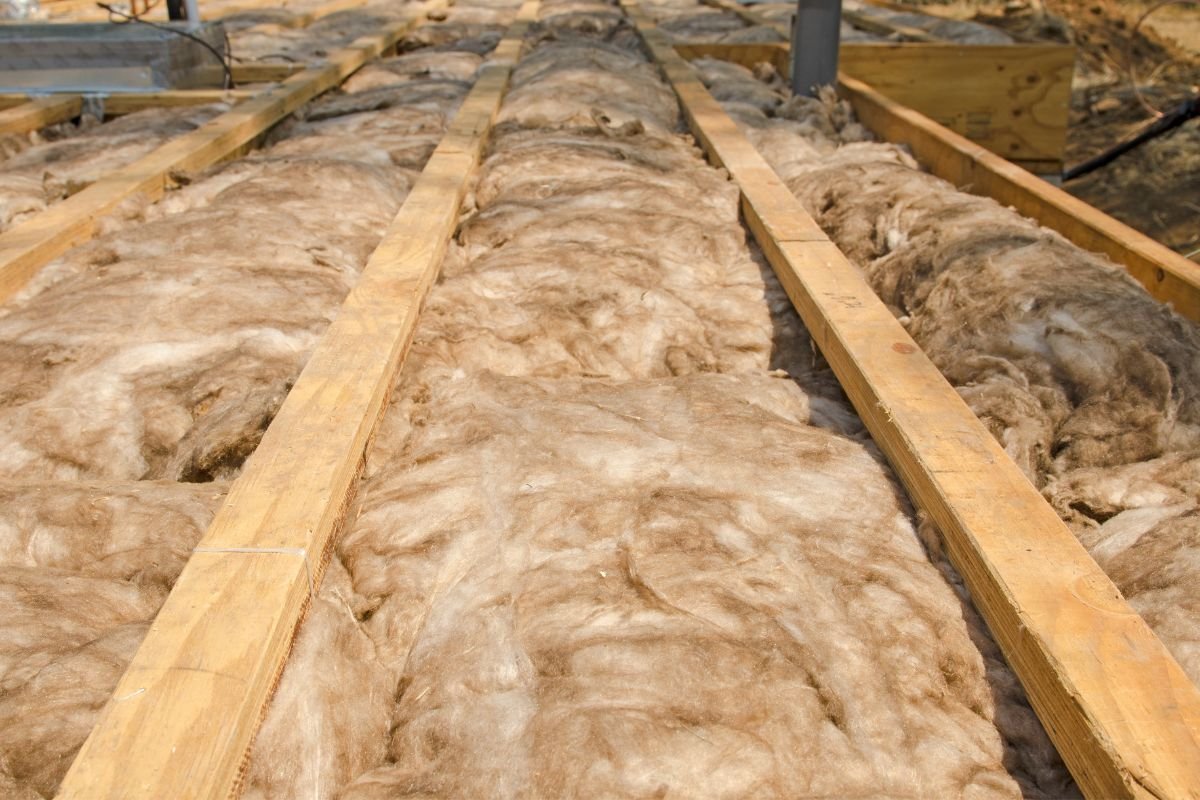
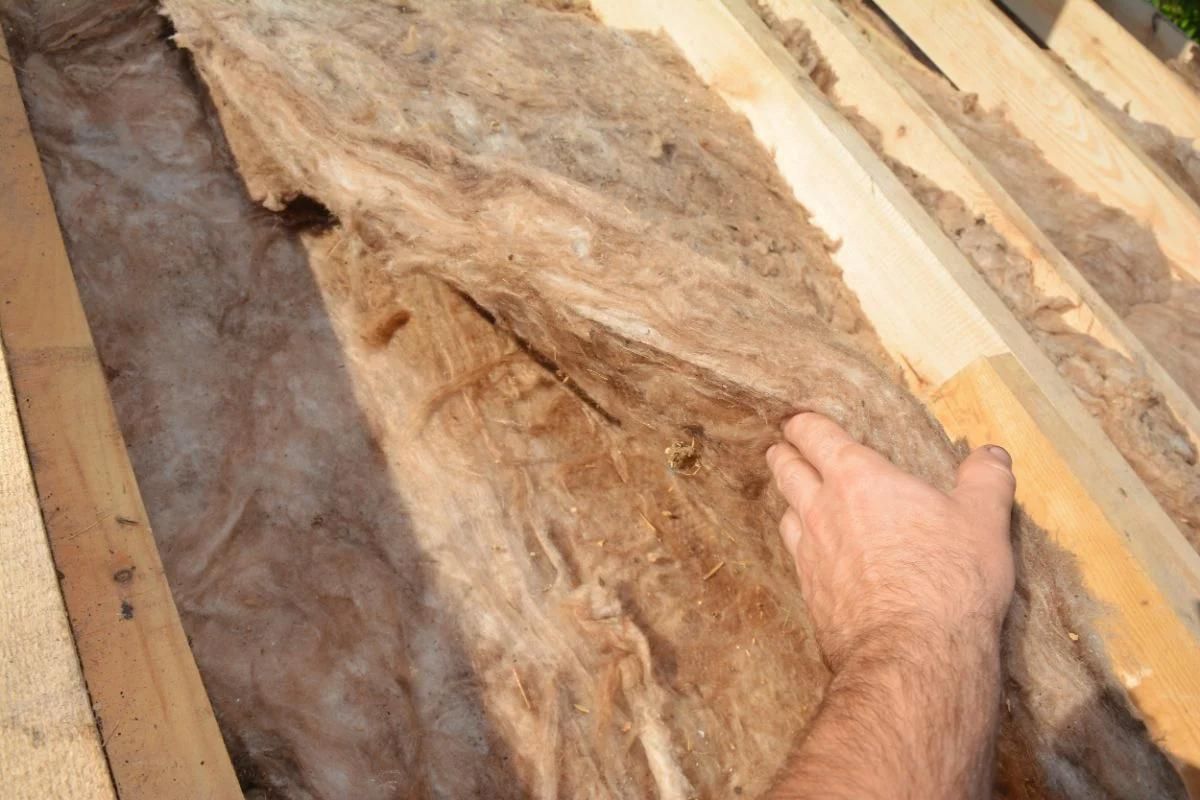
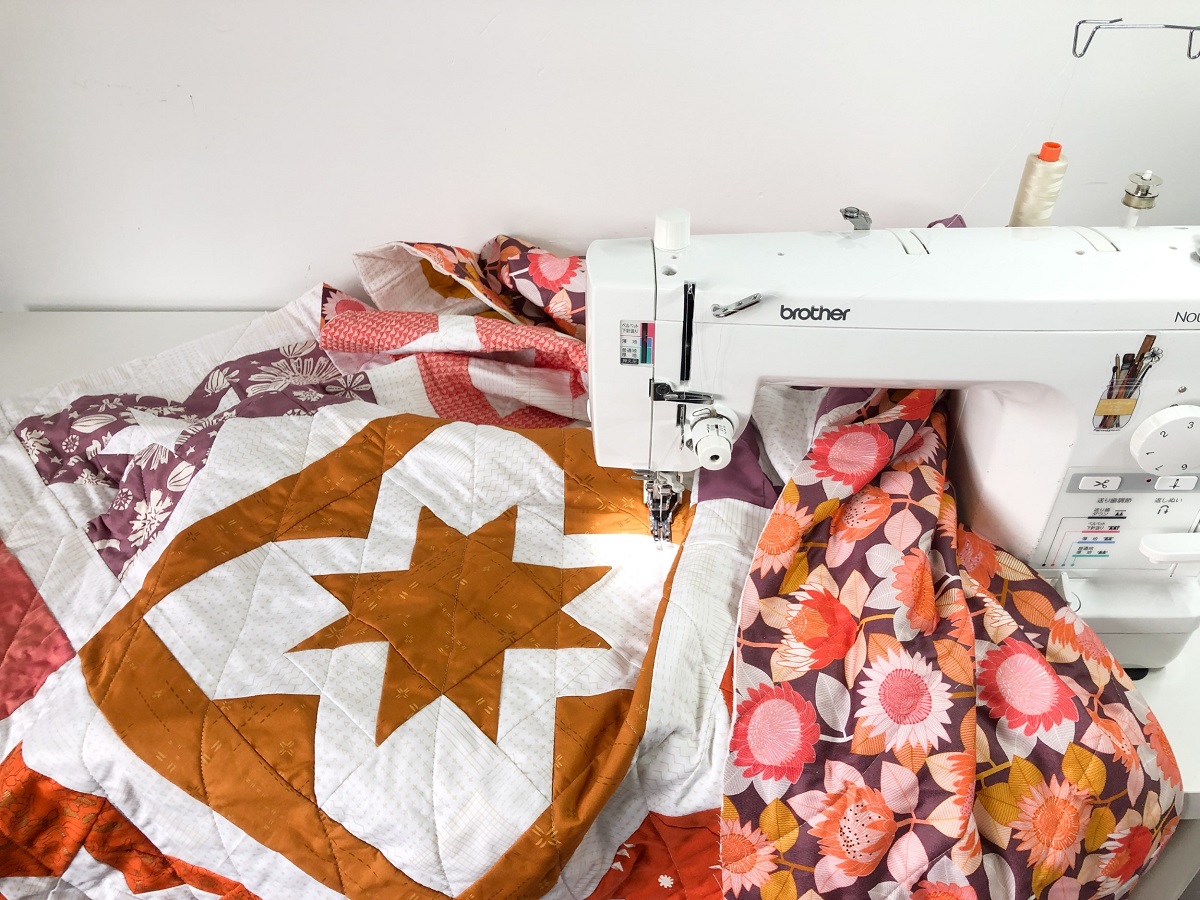
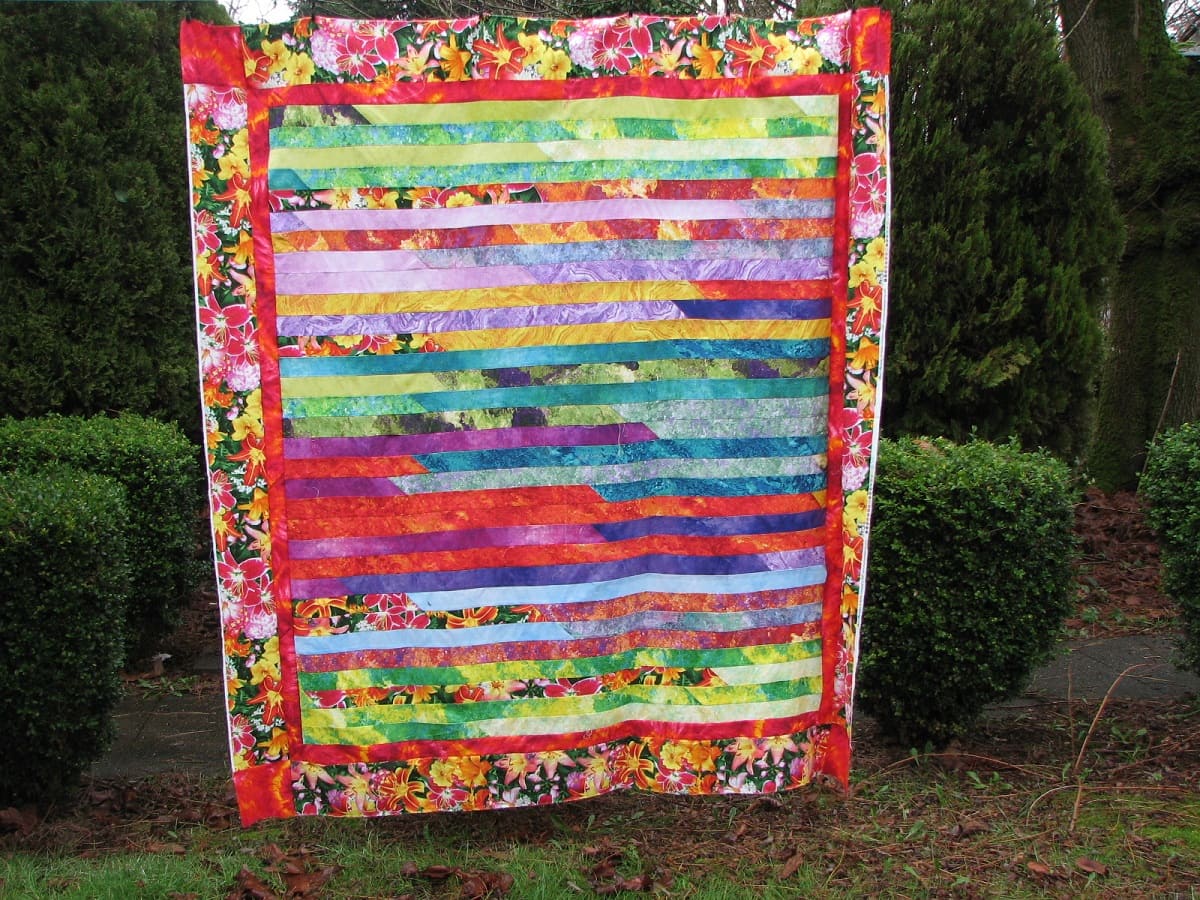
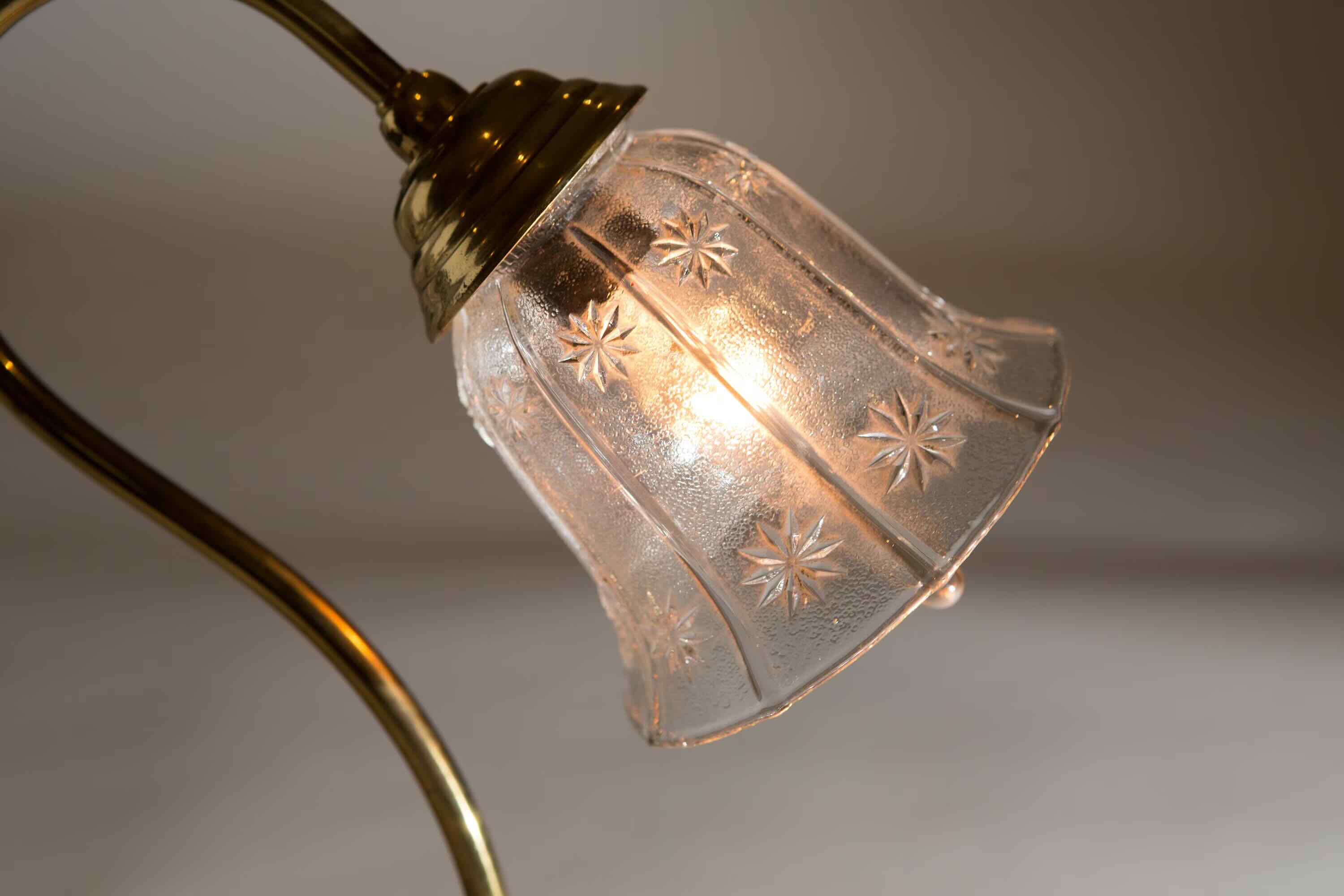

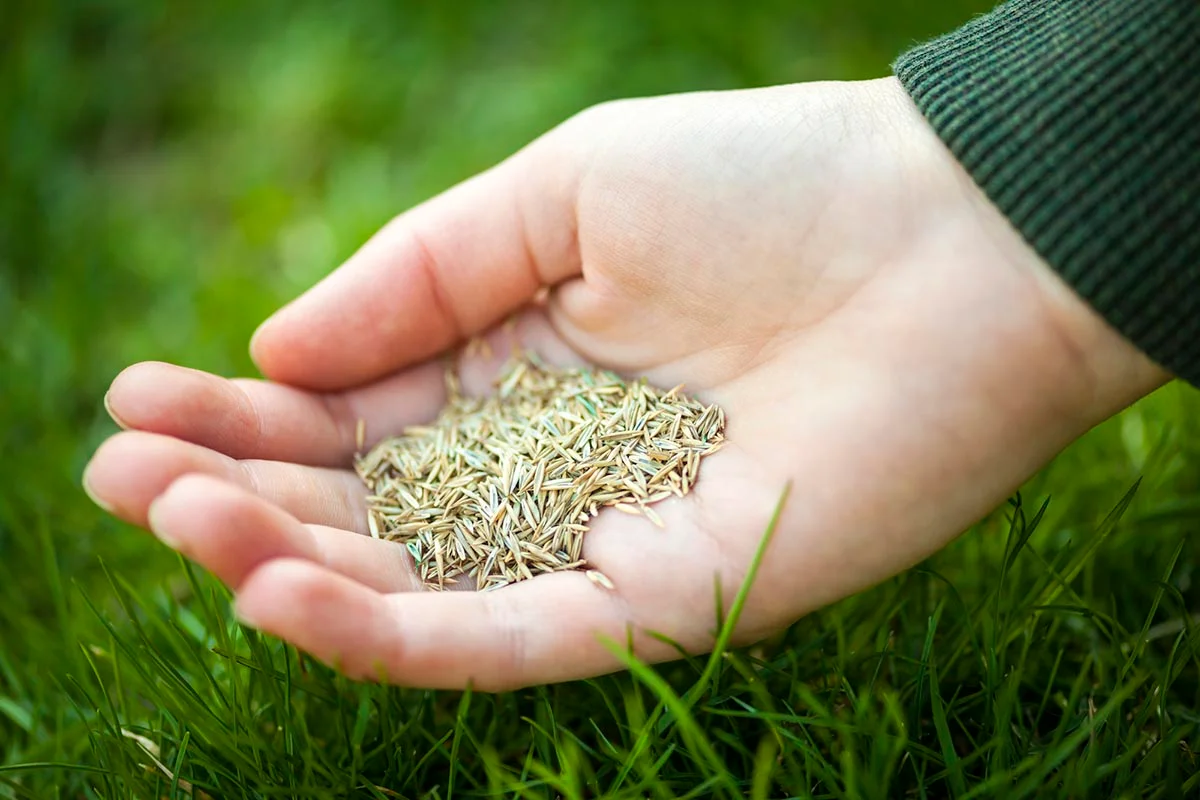
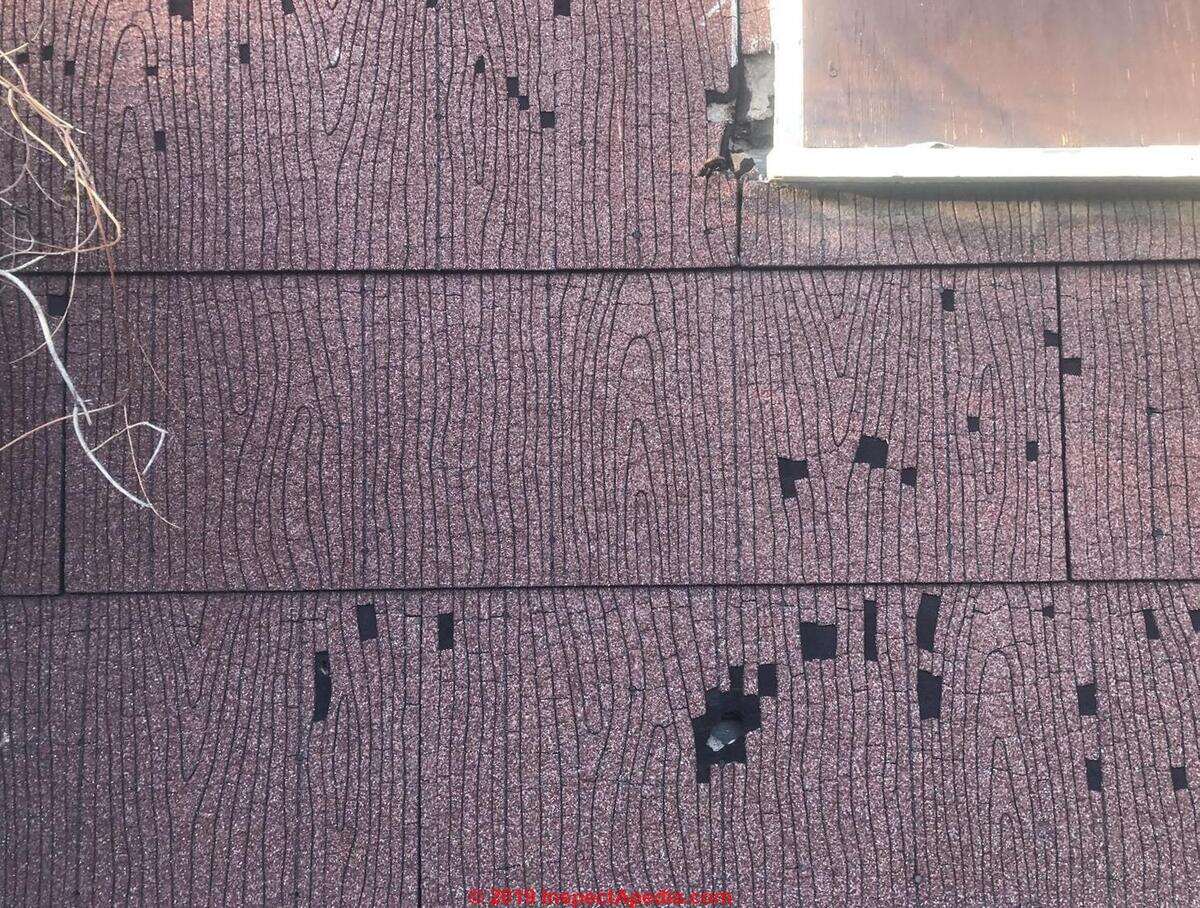

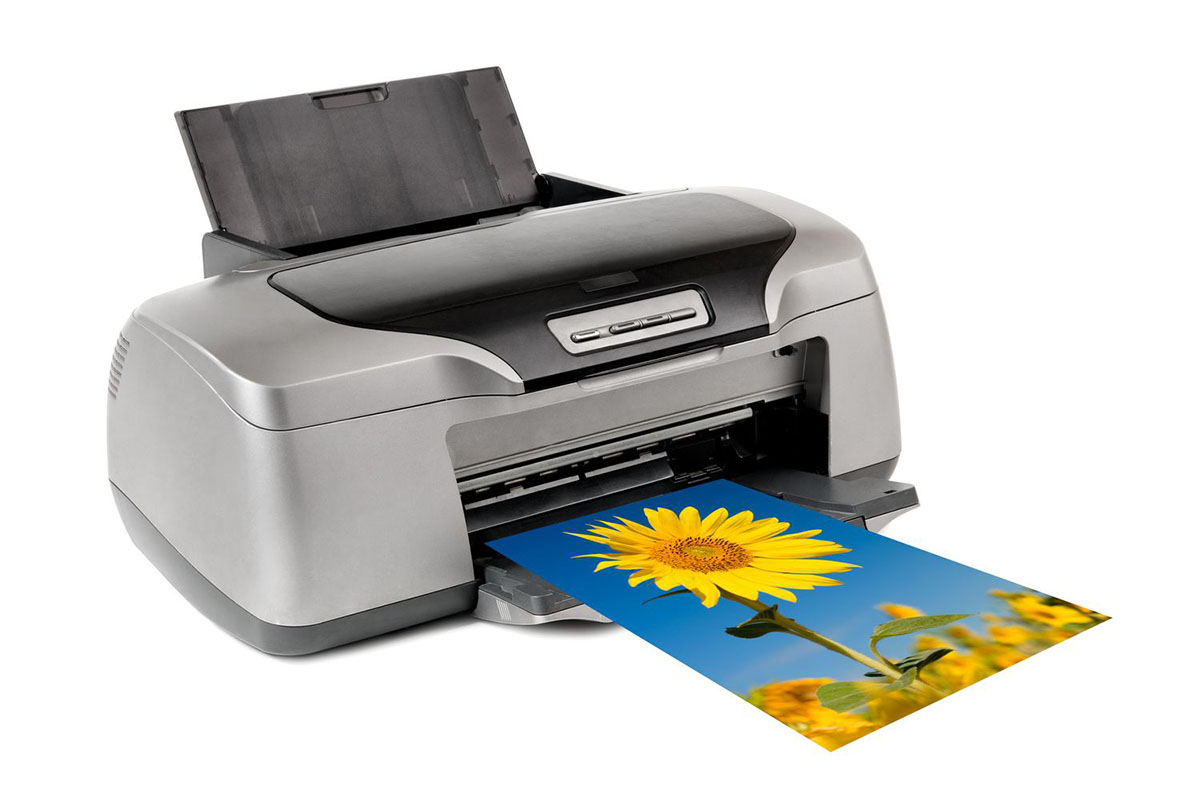
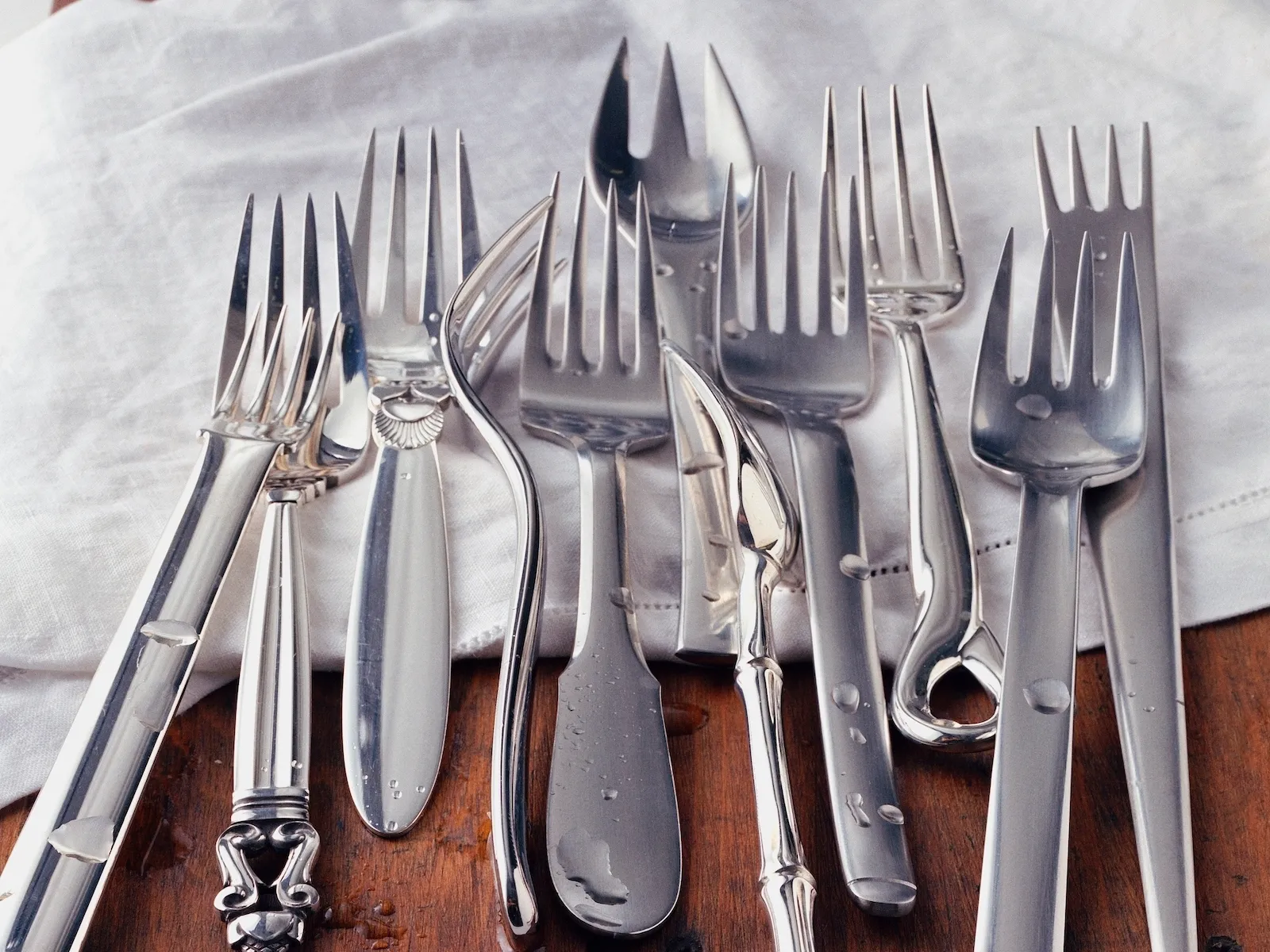

0 thoughts on “How To Tell If A Quilt Is Handmade”